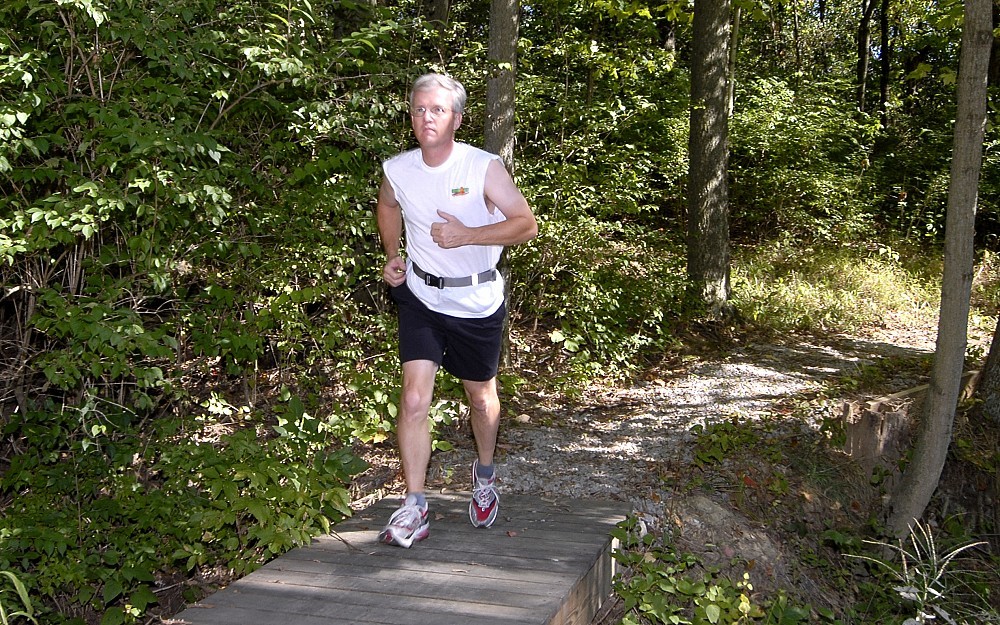
UC HEALTH LINE: Flexibility Is an Essential Part of Exercise
CINCINNATI
With the weather warming and the 2009 Flying Pig Marathon on May 3 fast approaching, people are beginning to ramp up their exercise efforts.
What the competitive and the non-competitive athlete sometimes sacrifices, however, is a good stretch before and after aerobic activityand for the less than athletically inclined, the overhead stretch performed when your feet hit the floor in the morning isnt enough to prepare the body for exercise.
When people stretch consistently and over time it helps to prevent acute injuries such as muscle sprains and long-term overuse injuries like tendonitis, plantar fasciitis and stress fractures, says Steven Agabegi, MD, an orthopedist and assistant professor of orthopedic surgery at the University of Cincinnati College of Medicine.
Agabegi suggests stretching before any aerobic activity. For most athletes, lower extremity stretches are very importantfor example, the calves, quadriceps and hamstrings, he says.
According to the American Academy of Orthopedic Surgeons (AAOS), stretching helps to warm the muscles, increase blood flow to the body and increase breathing rate. To get the most from flexibility training, the AAOS suggests:
ü Warm up before stretching, as stretching cold muscles can cause injury.
ü Stretch slowly and gently, breathing into the stretch to avoid muscle tension.
ü Relax and hold each stretch 30 seconds.
ü Do not bounce when stretching.
ü Stretching should not be painful. If you feel pain, take the stretch easier, breathe deeply and relax into the stretch.
Most people sit for much of the day, and in this position the knees are bent and the hamstrings are flexed , Agabegi adds, which can result in tight hamstrings. Also, the natural position of the ankle, especially at night, is to point downwards, causing tightness in the calf muscles. Tight calves and hamstrings are very common and stretching these muscles on a regular basis can prevent a variety of acute and chronic overuse injuries, he says.
Agabegi, a spine specialist, says the back is one area that benefits more from strength training than stretching.
When it comes to prevention or treatment of back pain, strengthening the abdominal muscles and low back muscles is most important.
Related Stories
UC professor Ephraim Gutmark elected to National Academy of...
December 20, 2024
Ephraim Gutmark, distinguished professor of aerospace engineering at the University of Cincinnati, was elected to the 2024 class of the prestigious National Academy of Inventors.
UC study examines delivery timing in mothers with chronic...
December 19, 2024
In a study recently published in the journal O&G Open, University of Cincinnati College of Medicine physician researchers found 39 weeks of gestation is optimal for delivery in mothers with chronic hypertension.
UC receives $3.75M in federal funding for K-12 mental health...
December 18, 2024
A three-year, $3.75 million grant from the Department of Education aims to address critical gaps in the mental health and educational landscape by providing tuition stipends for UC graduate students majoring in school and mental health counseling, school psychology and social work.
